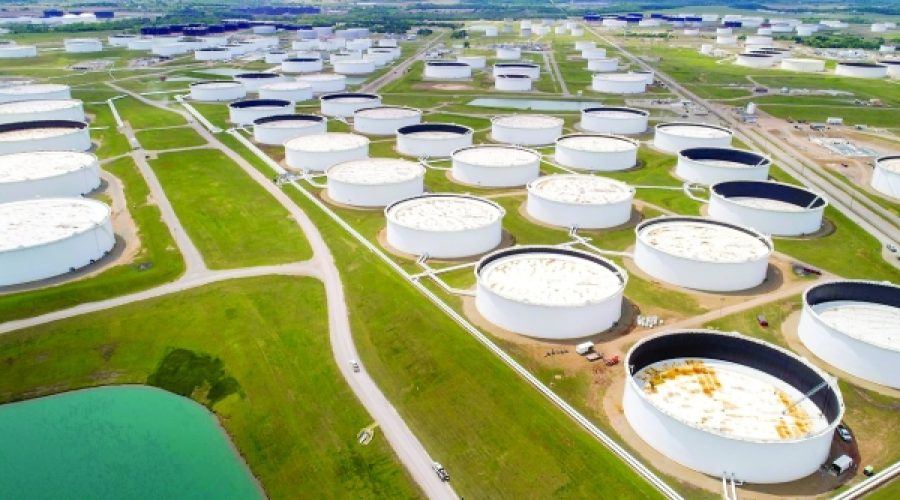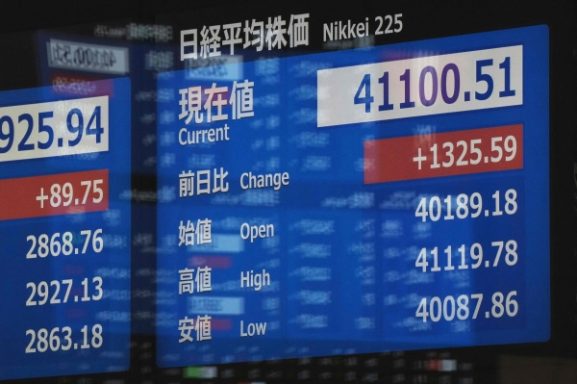Rising US Gasoline Imports and Sluggish Summer Demand: What This Means for Investors and Businesses in Oman
US Gas Prices Likely to Fall Below $3 a Gallon This Summer
NEW YORK: Gasoline prices in the United States may drop below $3 per gallon for the first time in over four years this summer. This expected decline is attributed to a series of adverse weather events that have reduced fuel demand, along with a rise in imports that is replenishing inventories.
Recent months have seen gasoline prices stabilize, providing relief to Americans traveling during the summer. This positive trend follows a period of record high prices after Russia’s invasion of Ukraine in 2022 disrupted global energy markets.
According to the latest Consumer Price Index report, gasoline prices decreased by 8.3% over the 12-month period ending in June. Meanwhile, US crude prices fell more than 20% due to concerns over weak demand and ongoing trade tensions with China. The decrease in oil prices lowers production costs for refiners, making it easier for them to pass some of those savings on to consumers.
Even though US President Donald Trump has pledged to decrease fuel prices, analysts contend that the influence presidents have on pump prices is limited.
Fuel demand typically surges during the week ending July 4, yet this year it was down by 2.5% compared to the same week last year. Analysts attribute this decline to extreme heat in various regions, which may have discouraged travel.
Following the Independence Day holiday, the national average price for gasoline dipped to $3.14 per gallon, marking the lowest level for summer months in four years, according to AAA data. The last time prices fell below $3 a gallon was in May 2021.
Summer generally sees the highest gasoline consumption in the US. However, the US Energy Information Administration’s proxy for demand, known as gasoline product supplied, has averaged 9.2 million barrels per day over the past four weeks—a decline of 1% from the same period last year.
The increase in fuel-efficient vehicles on the road, combined with changes in driving habits due to the pandemic—especially an increase in remote work—are likely to permanently reduce US gasoline consumption from its peak of over 9.3 million barrels per day in 2018.
"As we approach August, gasoline prices are expected to weaken further," said Patrick De Haan, head of petroleum analysis at GasBuddy. He indicated that there is a strong possibility the national average could drop below $3 per gallon by September.
This downward trend may persist, as OPEC’s decision to increase crude production by a larger-than-expected 548,000 barrels per day in August adds further pressure on oil prices.
Additionally, a surge in gasoline imports into the US has led to increased storage demand. Weekly gasoline imports peaked in mid-June at 100,700 barrels per day, the highest rate in over a year, driven largely by shipments from Canada and Europe. Import levels in June were up approximately 7% compared to the same period last year.
In the US, the need for gasoline storage tanks has risen since March, reaching a three-year high in June, according to storage broker data from The Tank Tiger.
"If refiners are producing more gasoline, you need a place to park it if it’s not being consumed," remarked Steven Barsamian, chief operating officer at The Tank Tiger. — Reuters
Special Analysis by Omanet | Navigate Oman’s Market
The projected decline in gasoline prices in the US signals a potential shift in global energy markets, which could influence Oman’s oil-dependent economy. Businesses may benefit from reduced operational costs, but they must remain cautious of fluctuating demand, especially as post-pandemic driving trends evolve. Smart investors and entrepreneurs should consider diversifying into renewable energy and alternative fuels to mitigate risks associated with a changing oil landscape.



